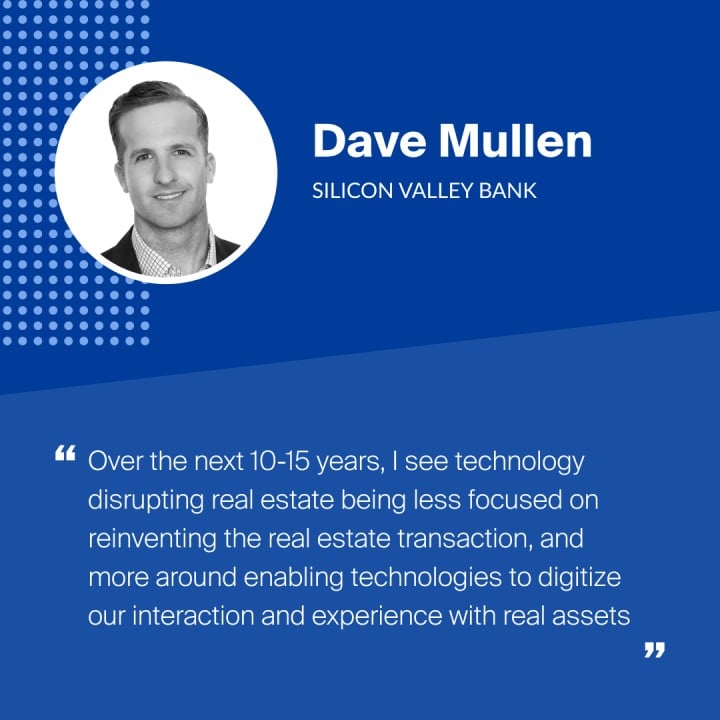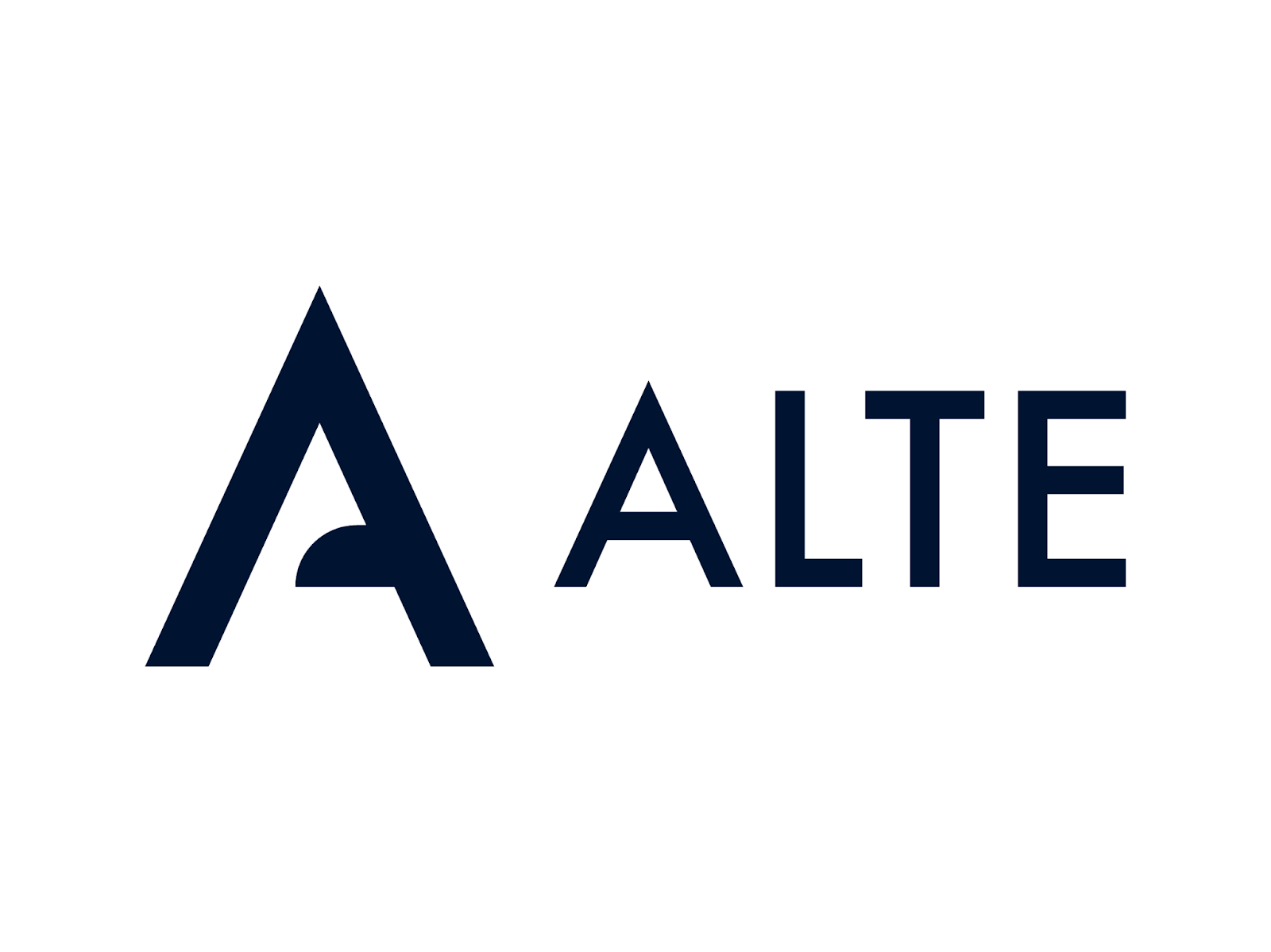Alte spotlight interview - Dave Mullen, Vice President at SVB Capital

Alte is excited to launch our first interview as part of our new Spotlight initiative in which we speak to experts to understand the current and future state of the FinTech and real estate sectors. For this first edition, we have had the fortune of speaking with Dave Mullen, a Vice President at SVB Capital, the venture investing arm of Silicon Valley Bank, and an expert VC investor in FinTech, PropTech, InsurTech, and ClimateTech. Dave brings a unique perspective to the sector having invested in companies like Opendoor, Roofstock, Airbnb, and more. We were particularly intrigued by his views on the increased digitization in the real estate space, which creates opportunities for savvy investors but also challenges in overwhelming options as well as potential security threats.
Background: What brings you here today?
I started my career with J.P. Morgan, first in Miami and then Chicago where my work with clients such as Groupon, Morningstar, and Fiserv gave me my first taste for tech – and I was hooked. To double down, I decided to get my MBA at the University Chicago Booth School of Business where I began working with startups and tech investment firms which gave me even more conviction that innovation and Silicon Valley was the place for me to be. After finishing my MBA, I was asked to join Wells Fargo Ventures which is where my first real exposure to PropTech came. There I learned a ton about the category from Wells’ unique diligence pathways, such as their close ties to Eastdil Secured, resulting in investments in the likes of Clutter, Industrious, and Flexport. Since joining SVB Capital in early 2019, I’ve continued covering PropTech, a core area of focus of our investment strategy, which includes investments in Opendoor, Roofstock, Homebound, Nomad, Airbnb, and Tomo.
Where do you foresee interesting opportunities in the private real estate sector over the next 1 to 3 years?
Top of mind for investors right now, retail and institutional, is ESG. In that light, I view a compelling near-term opportunity at the intersection of real assets and ESG. For instance, I view a substantial opportunity in technologies enabling equal access to housing, green building materials, business models forging paths for ownership in commercial properties for mom-and-pop business owners, and passive solar design, among many other ESG technologies enabled by the Built World. Withco for example is enabling small businesses a path to ownership of their own physical stores, allowing these local entrepreneurs to build wealth in the very physical assets that they are adding value to. On solar design, Helio Home enables a cost-effective transition to whole home electrification for consumers with investors still benefiting from the significant upside of a high-growth software platform.
All of these groundbreaking efforts to create a better world are underpinned by their common ties to real assets resulting in enormous potential in the residential, commercial, and industrial corners of the market. Adding to this is increasing interest in ESG in both private and public markets which have resulted in enhanced liquidity and capital investment in the segment driving opportunities for exit and growth stage funding that had previously not existed.
As I think about my personal investment strategy, I started with negative public equity screening focused on reallocating my investment away from carbon-heavy oil and gas and into more ESG-centric corners of the market. In this light, despite questions around the efficiency or ROI of public cleantech companies versus their generalist and even enterprise software peers, my recent public market research for TechCrunch indicates these perceptions aren’t as real as one would imagine. Notably, data between a subset of software and climate tech companies indicates that climate tech companies in this sample not only raised less capital to achieve their revenue scale — by a factor of over two times — but generated more cash flow. This may speak to the notion that while climate technologies are often more capital-intensive than their traditional software peers at first, they often make for more scalable growth post-commercialization due to the inherent strength of the IP and product offering.
What do you consider the greatest challenges to the private real estate market?
Within real estate, a continued challenge will be the ongoing digital education of constituents in the sector, notably in the commercial sector of the category. Today, technology buyers in commercial real estate can hardly keep pace with the number of asset management and smart building features being tossed their way which come with a host of considerations in terms of upkeep, quantifying ROI, and managing data on a go-forward basis. In addition, disparate systems and unfamiliar technologies can be quite overwhelming for buyers and to add to it, bringing on the data science and tech talent to manage these technologies and data once they have been implemented is also quite challenging. Going forward, continued investment in tech talent in real estate will be crucial to driving the category forward.
Which real estate technology segment has attracted your attention?
Security in real estate is increasingly top of mind as a PropTech investor. Digital integration in real estate investment and in the physical structures themselves is at an all-time high and with this digitization comes increasing data and reliance on technology for managing real assets and for buildings to operate. However, with these growing attack surfaces come a host of new threat actors attempting to take advantage of vulnerabilities and millions of valuable data points on individuals and enterprises alike. Despite this obvious gap in security protecting these emerging technologies, it remains in the early days with many commercial real estate buyers unaware of what is at stake and/or not prioritizing cybersecurity as a part of their broader digital budget. Nonetheless, technology in real estate will ultimately need to be protected with nexgen security that plays to the nuances of disparate asset management and IoT technologies helping buildings operate daily, and hopefully, it doesn’t take an outsized security breach to propel this adoption at scale.
How do you think the FinTech and PropTech sector will evolve by 2030 and onwards?
Over the next 10-15 years, I see technology disrupting real estate being less focused on reinventing the real estate transaction, and more around enabling technologies to digitize our interaction and experience with real assets. For instance, that’s cybersecurity protects increasingly intelligent buildings. That’s artificial intelligence and IoT enabling the building intelligence in the first place. That are new investment solutions that allow for fragmented ownership and for increased liquidity, democratizing a traditionally opaque and inaccessible asset class. That’s digital twin technology creating a path for our physical world onto the metaverse. Fundamentally, I believe the future of PropTech extends beyond just the buying and selling of homes and buildings and is rather in the enabling technologies that will flip the way we interact with the Built World on its head.


